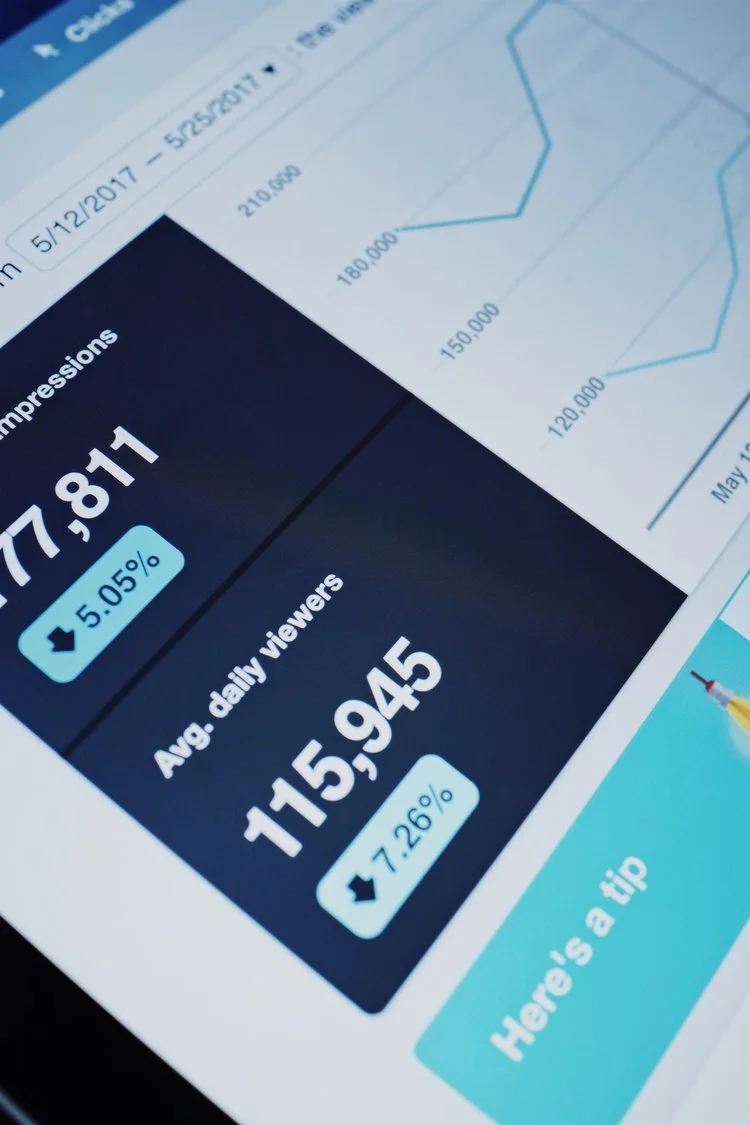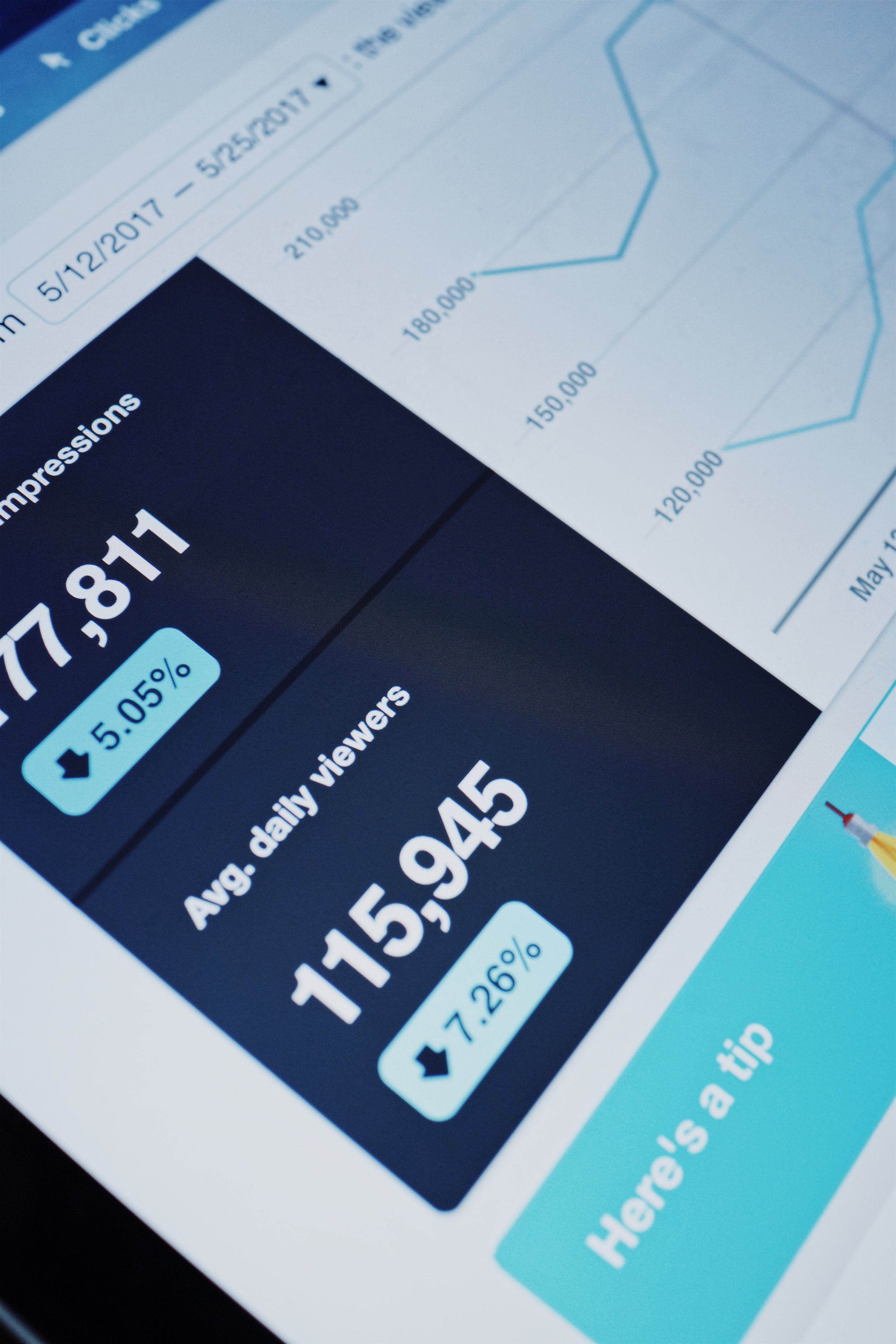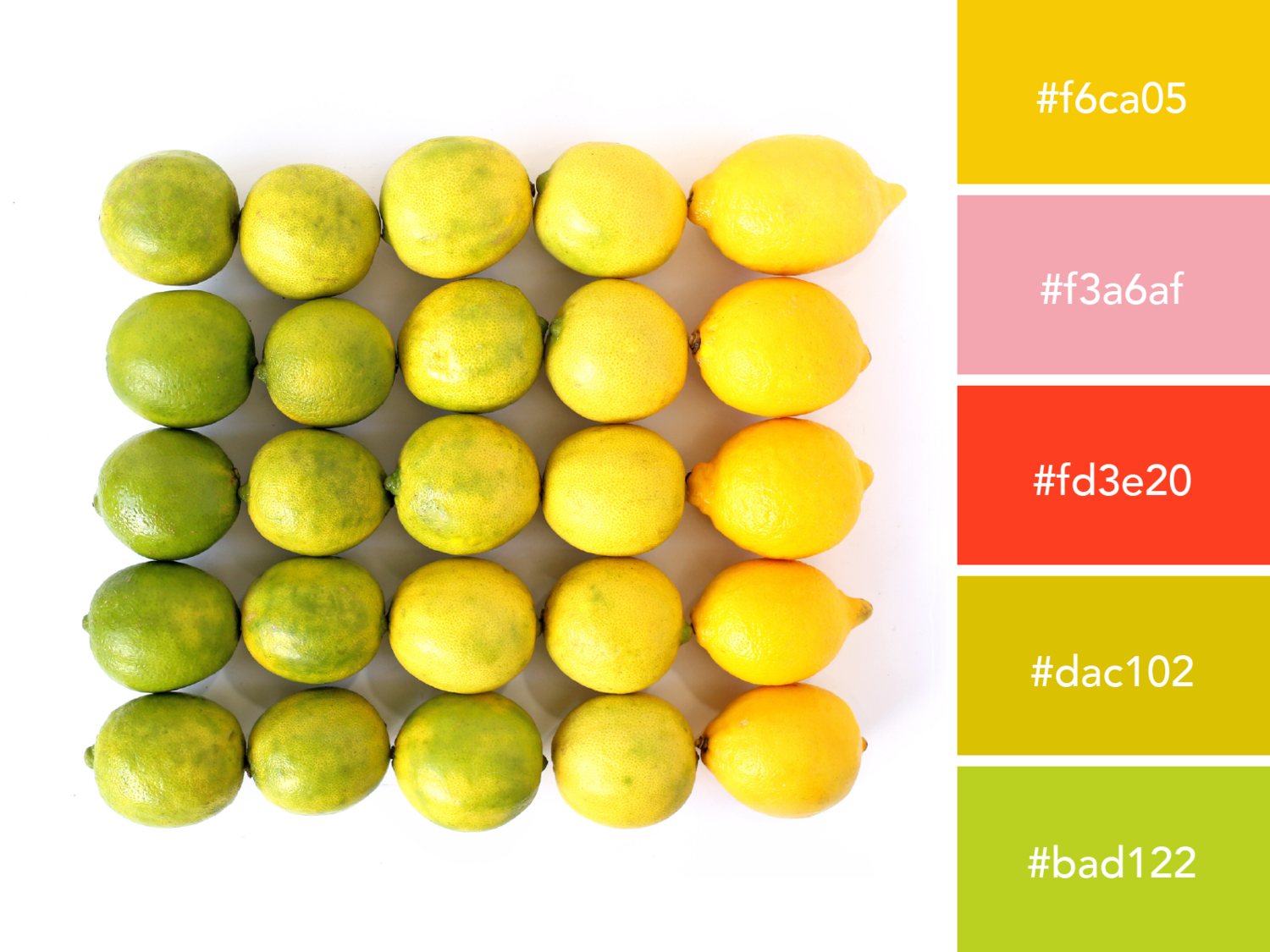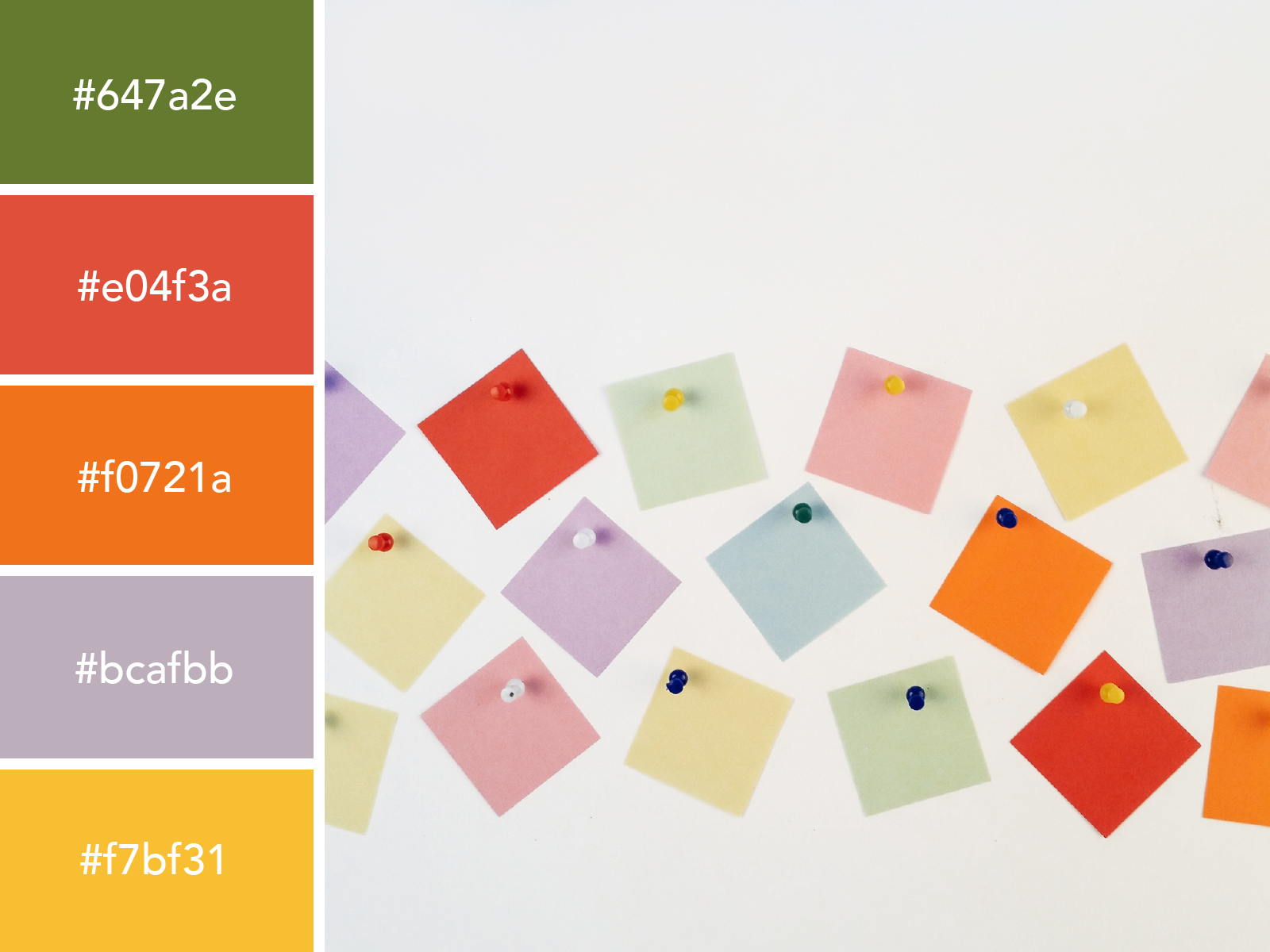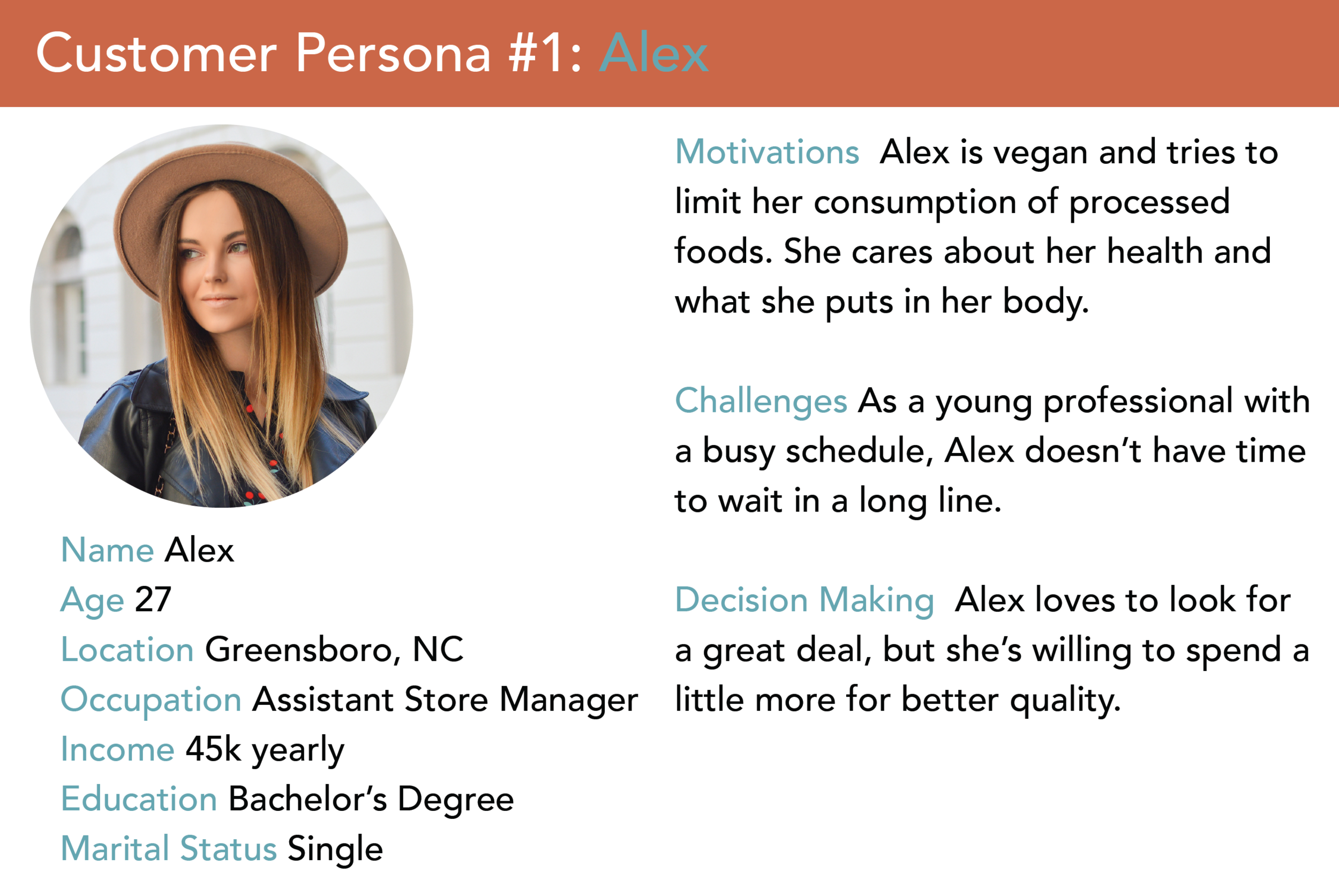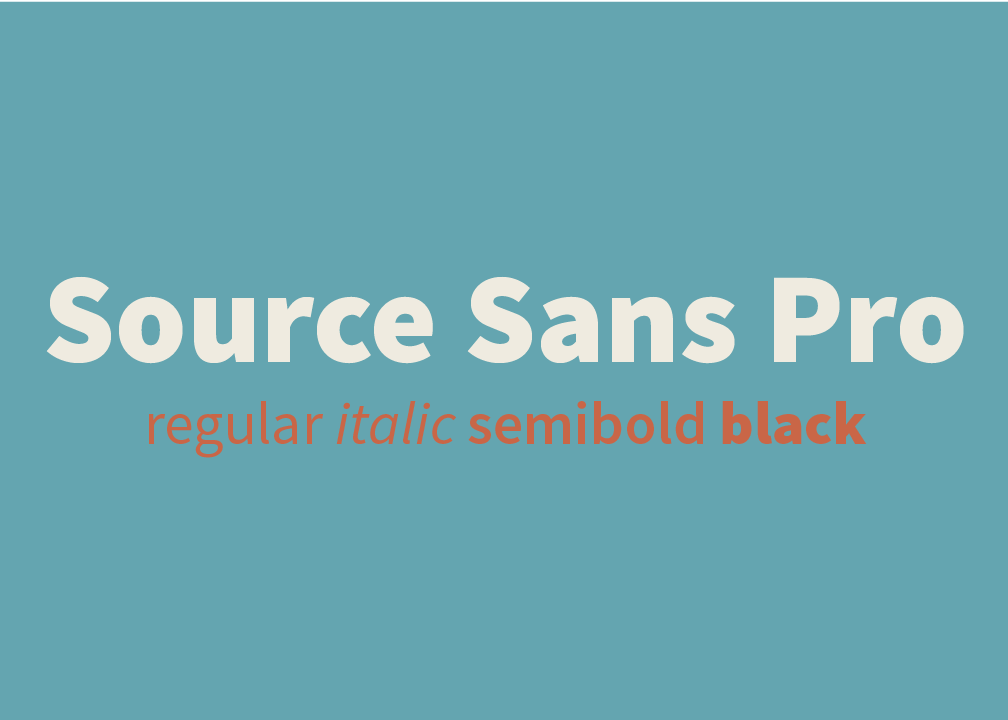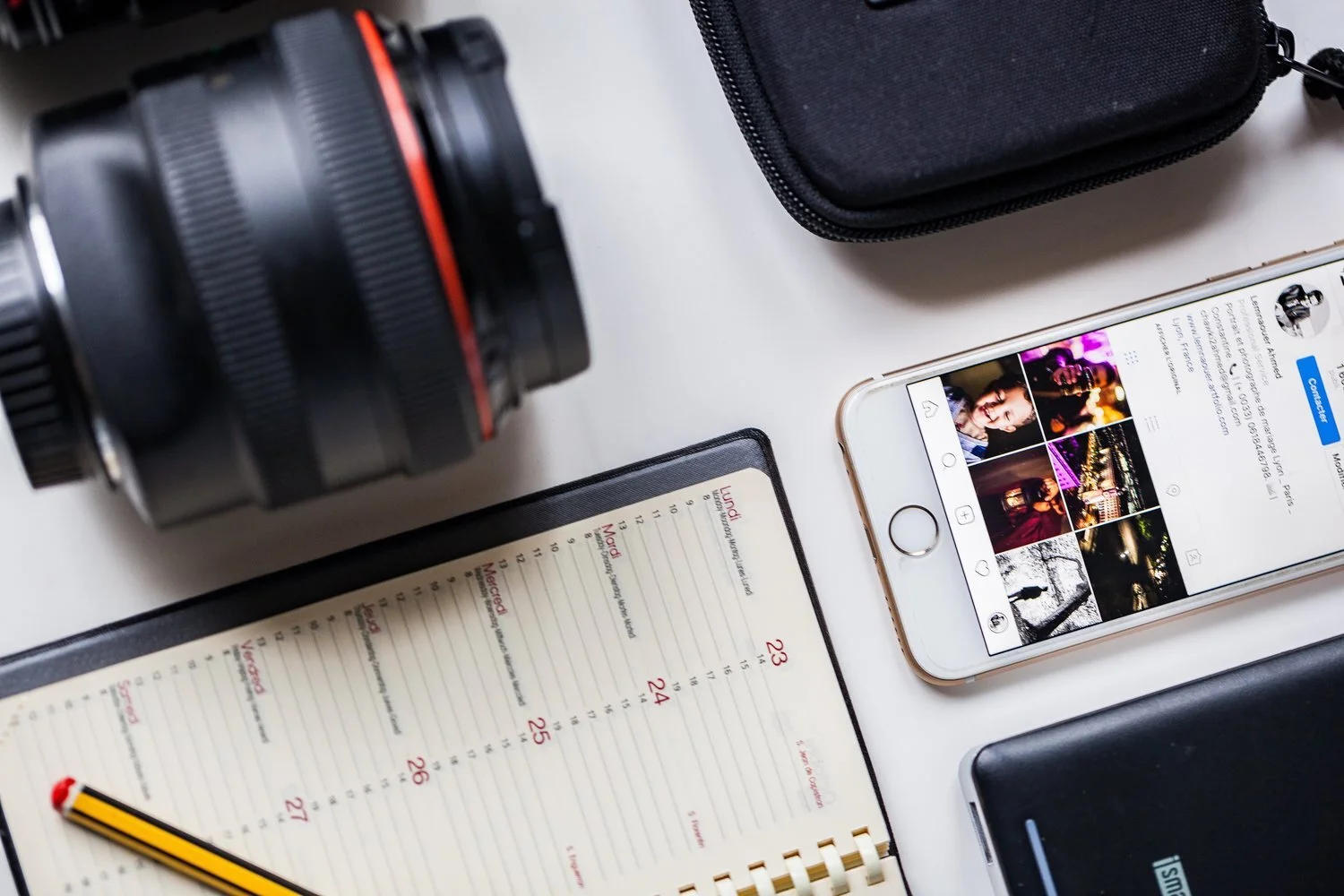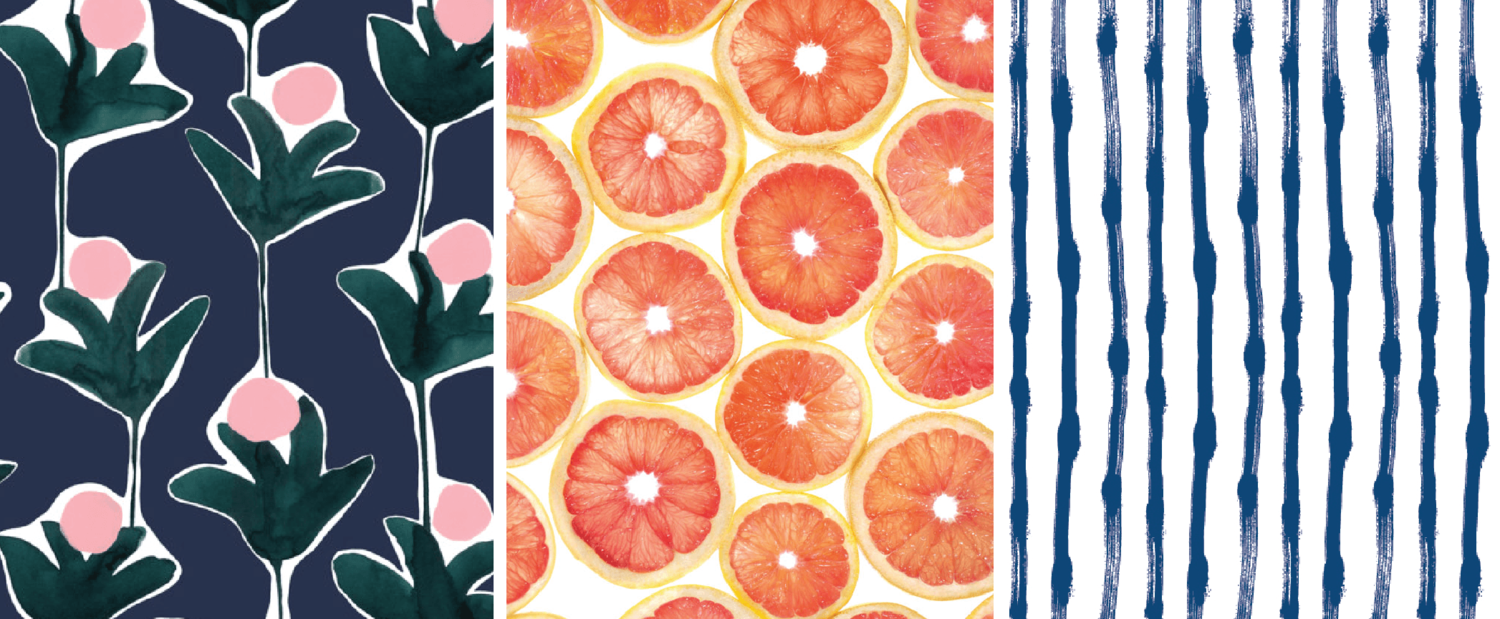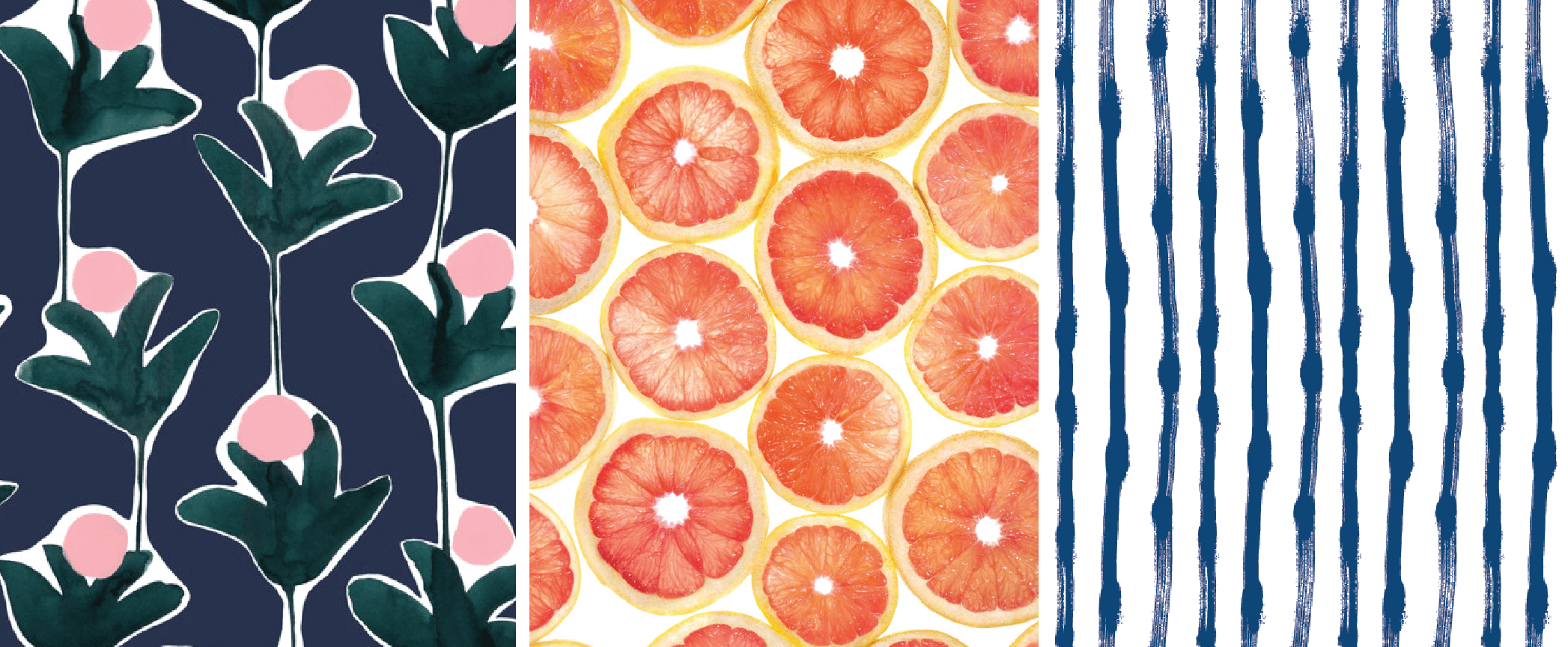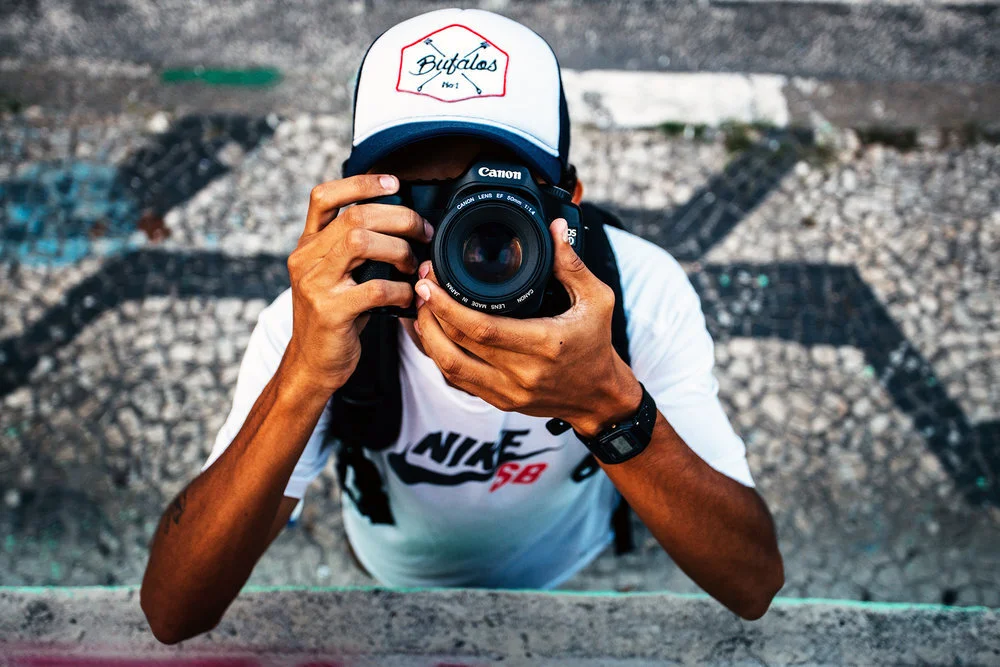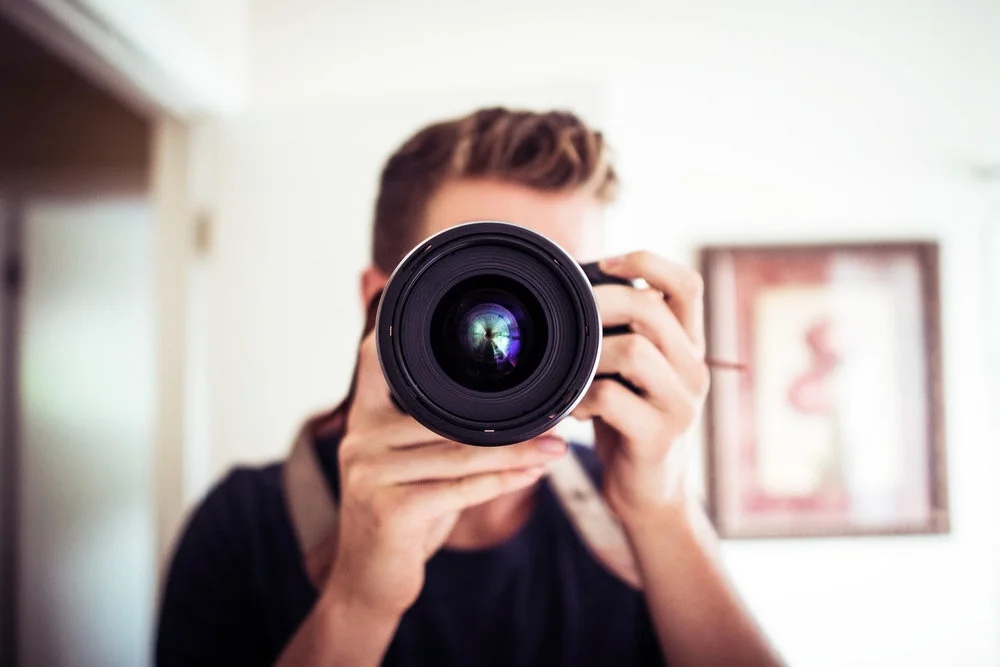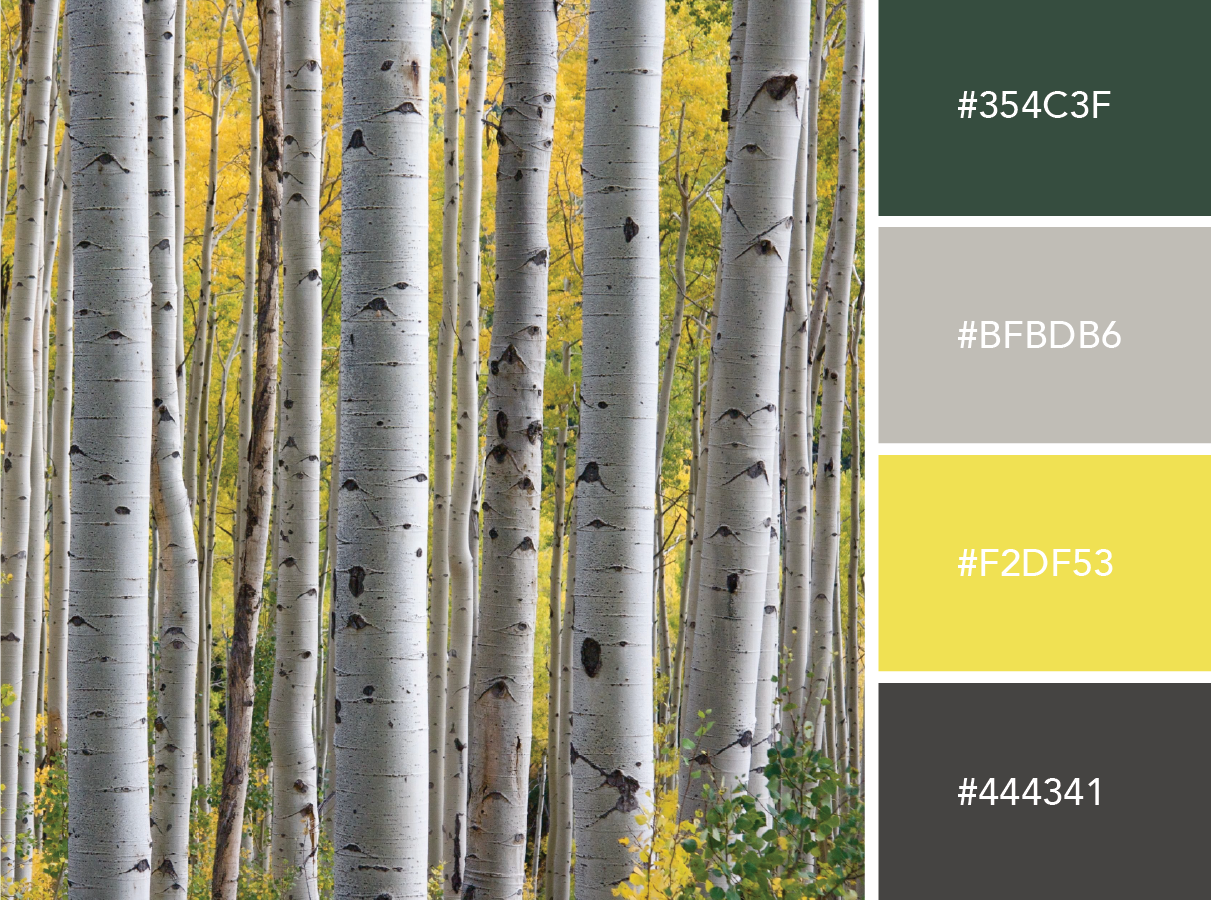Yes, we know you've heard it before.
The last web designer you spoke to probably mentioned it 5 times in the last 5 minutes.
They probably used words like “mobile responsiveness,” “optimizing for mobile,” “responsive design”… maybe they even threw in “MobileGeddon” for good measure.
But, what is "mobile-friendly," why is there a need for it on your website, and why are web designers so obsessed with it?
In this post, we'll cover just that. We’ll also give you 7 undeniable reasons why you need to invest in your website being mobile responsive.
But first, the basics.
What is a mobile-friendly website?
Let's illustrate the concept using a couple of images:
And, this illustration from Google:
See the difference?
One looks like a typical phone app and the other one will require a magnifying glass just to read the site title.
You'll notice the "mobile-friendly" one on the right has:
Large, easy to read text
Full screen, viewable images
An intuitive page layout
Easy to use navigation
When you’re on your phone, this is exactly what you would expect a good website to look like. A website optimized for mobile adjusts and displays properly on all smaller screens – not just phones, but tablets too.
Why is mobile-friendly website important?
In addition to elevating your user experience, we’ve got some hard numbers on why mobile compatibility is important. A few highlights:
In 2017, 52.64% of all traffic came from mobile devices.
By the end of 2018, it’s expected that traffic on mobile devices will make up 79% of global internet use.
Last year 50% of total eCommerce revenue came from mobile devices
57% of internet users say they won’t recommend a business with a poorly designed website on mobile.
Nearly 8 in 10 customers would stop engaging with content that doesn’t display well on their device.
88% of consumers who search for a type of business on a mobile device call or go to that business within 24 hours.
It comes down to the fact that almost everyone uses their mobile device to browse, shop, and interact with businesses. Not having a mobile optimized site directly converts to losing potential customers.
If you are a business owner looking to make your mark in the digital ecosystem, we highly recommend that your website be mobile optimized. You don't want site visitors squinting to see what your website is all about.
Still not convinced?
6 (more) reasons why you need a mobile responsive website
Google prioritizes mobile-friendly websites in mobile search results. Back in 2015, Google made a change to the algorithm that allows websites optimized for mobile to rank better than those that aren’t optimized.
Having a mobile friendly site is considered best practices today and it increases your credibility to comply with industry standards.
91% of mobile internet activity is spent on social media. You don’t want to waste your social media marketing dollars by sending people to a subpar or slow loading site.
Good site design makes customers happy and saves them time. You always want to give your customers a good experience – and this means having an easy to navigate site. You can be guaranteed people won’t come back to your site if they can’t navigate it easily.
A site that operates smoothly leads to people spending more time on your site.
Mobile optimized sites are programmed to load more quickly – you no longer run the risk of people clicking away because your site loads slowly!
In 2018, making your site mobile friendly is no longer optional. It’s worth investing in revising or redesigning your website to make sure your site conforms to the industry standard of being mobile ready. If you don't, you risk losing potential customers, lowering the impact of your social and PPC ad campaigns, and alienating people who aren’t willing to put up with an inferior user experience.
Hue & Tone: Greensboro-BASED Marketing FIRM
Ready to get your site up to speed? We can hook you up. At Hue & Tone Creative, we believe good marketing can help you create a lasting impression on your customers. From site design to business card design -- we can help you with every piece of your marketing strategy.






